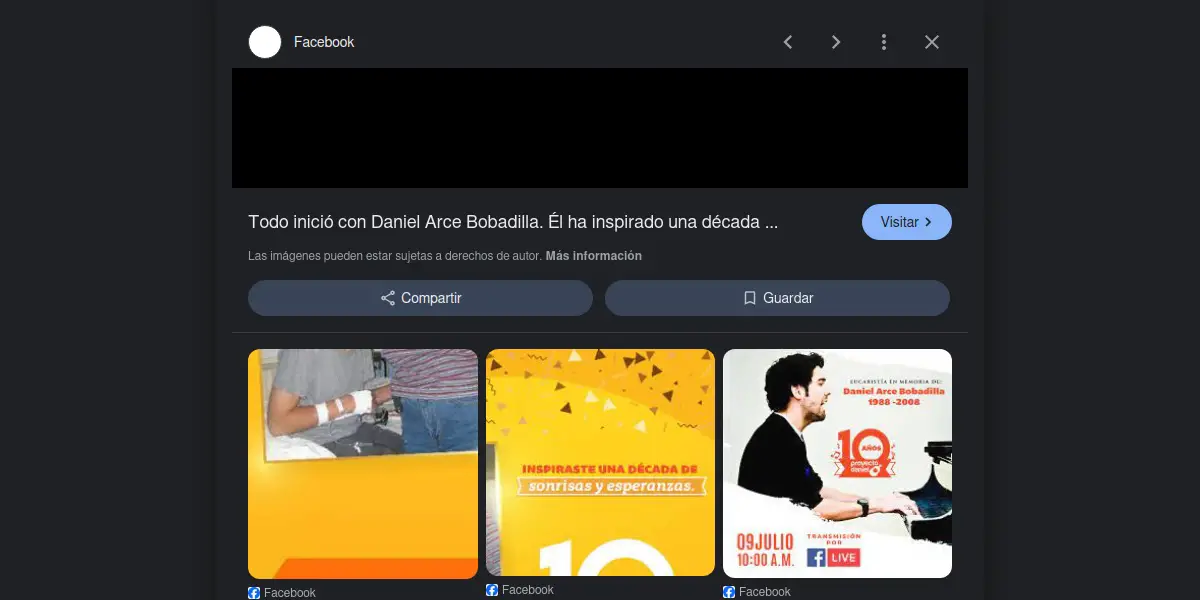Nutrition labeling on products has become a fundamental tool for consumers in Costa Rica seeking to improve their diet and make informed decisions about the foods they consume. However, for many people, deciphering the information on labels remains a challenge, as they are unaware of the values and percentages, and how to differentiate between healthy and unhealthy components.
Francisco Herrera Morales, a nutritionist at Dos Pinos, states:
Reading nutrition labels correctly is key to adopting a healthy diet and avoiding excessive consumption of sugars, fats, and sodium. Educating yourself on this topic allows you to make informed choices and take care of your long-term health.
Tips for Reading Nutrition Labels
Serving Size: All information on the nutrition label is based on a specific amount of the product, which is not always equivalent to the entire package. It is common for consumers to assume that the values shown correspond to the entire amount of the food, when in reality they only apply to a specific serving. This lack of knowledge leads to common confusion, such as misinterpreting units of measurement: a consumer may read “400 kilojoules” and assume they are calories, when in reality 1 kcal is equivalent to approximately 4.18 kJ (kilojoules).
Amount of calories per serving: Calories are the measure of energy we obtain from food, and depending on our individual needs, we should moderate our intake to maintain a balanced diet. Total carbohydrates are not the same as added sugars. The former include fiber and starches.
Keep in mind that macronutrients are the main components of food and are divided into three categories:
Carbohydrates: These include sugars, fiber, and starches. It is important to differentiate between natural sugars (found in fruits, milk, and other foods) and added sugars, which are artificially added and should be limited. Every 5 grams of added sugar is equivalent to one teaspoon, which helps to better visualize their content.
Proteins: These are essential for tissue repair and growth. If a product indicates that it has 10% or more of the Recommended Daily Value (RDV) of protein, it is considered a good source of this nutrient.
Fats: Total fats, saturated fats, and trans fats should be evaluated. Healthy fats, such as monounsaturated fats found in nuts, avocados, and olive oil, are beneficial, while trans fats should be avoided due to their negative impact on cardiovascular health.
It is important to note, according to Herrera, that:
Labels also include information on vitamins and minerals such as calcium, iron, sodium, and potassium, known as micronutrients. It is key to look at the percentage of Daily Values (%DV), which indicates how much a serving of the product contributes to the recommended amount of each nutrient in a daily diet. Values above 10% indicate a good source of that nutrient.
According to the specialist, people should avoid products with empty calories and lacking essential nutrients, such as soft drinks, processed juices, and sugary drinks. Sweets and candies, ultra-processed products with high levels of added sugars and trans fats, since consuming these products can contribute to obesity, type 2 diabetes, and cardiovascular disease.
Tips for choosing healthier products
Prefer foods with less added sugar: Look for products with less than 5 grams of sugar per serving.
Choose fiber-rich products: A fiber content greater than 6 g per 100 g or 3 g per 100 kcal indicates a good intake.
Moderate sodium intake: Excess sodium can contribute to hypertension. Look for options with less than 140 mg per serving.
Select protein sources: Choose foods with more than 10% of the RI in protein.
Avoid trans fats: Check that the product does not contain partially hydrogenated oils.
– Advertisement –
Source link
Wilmer Useche



